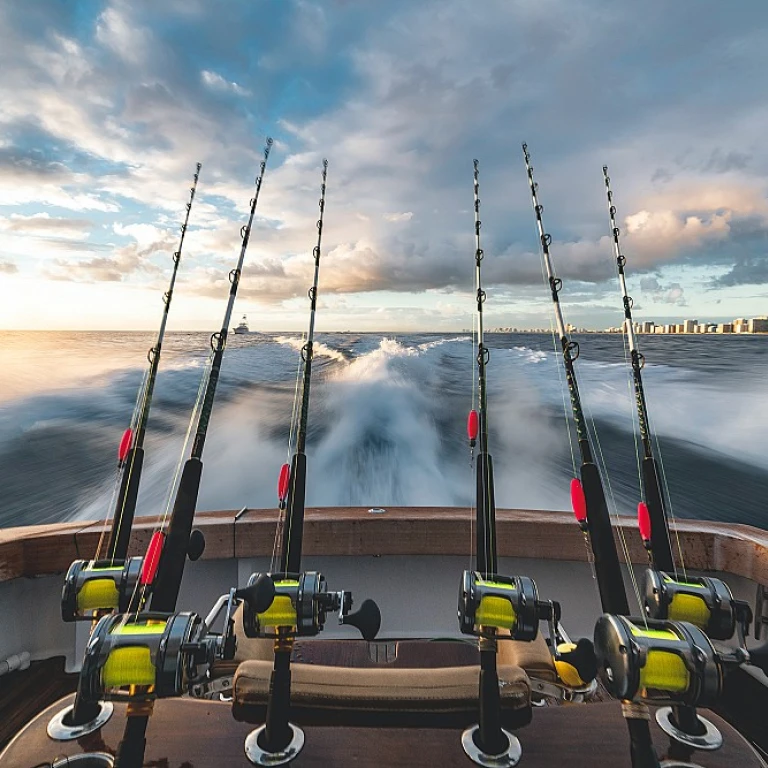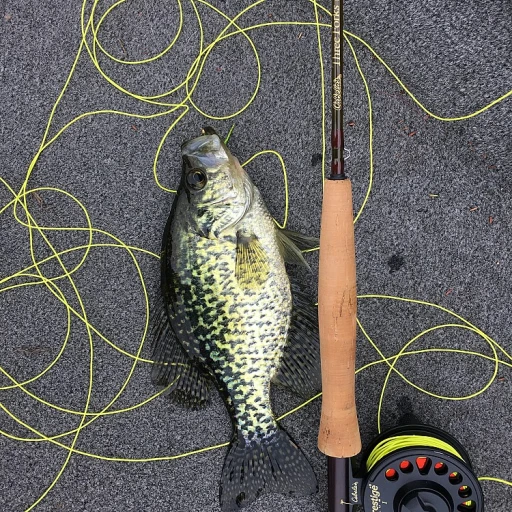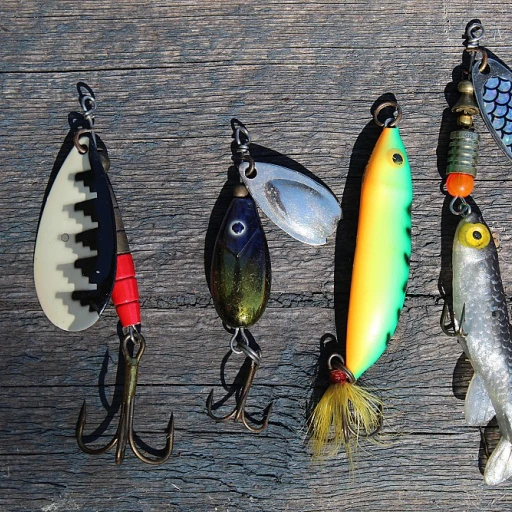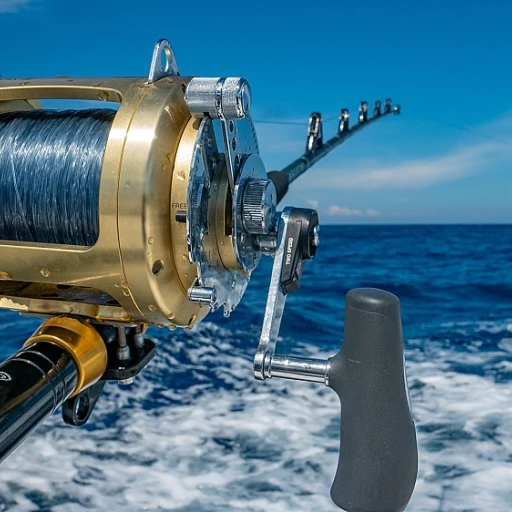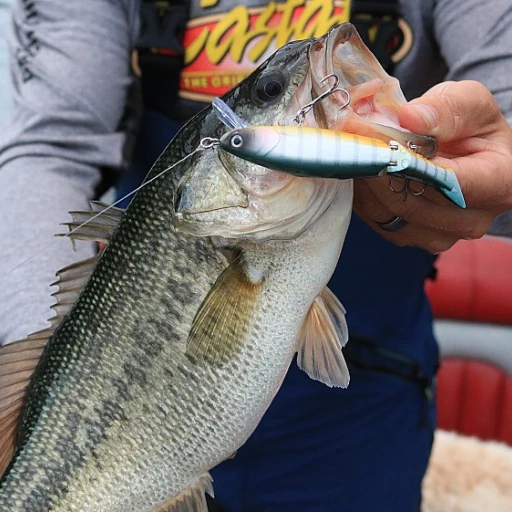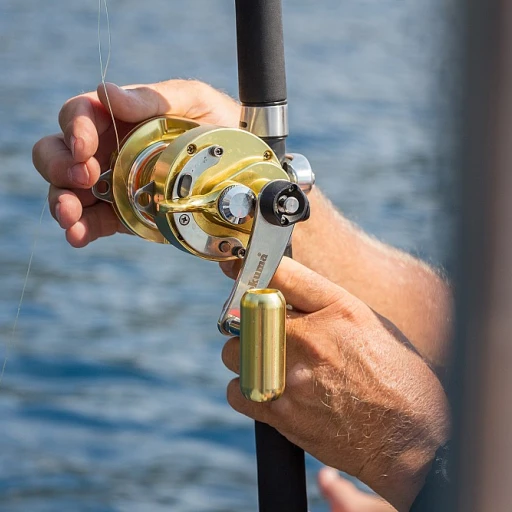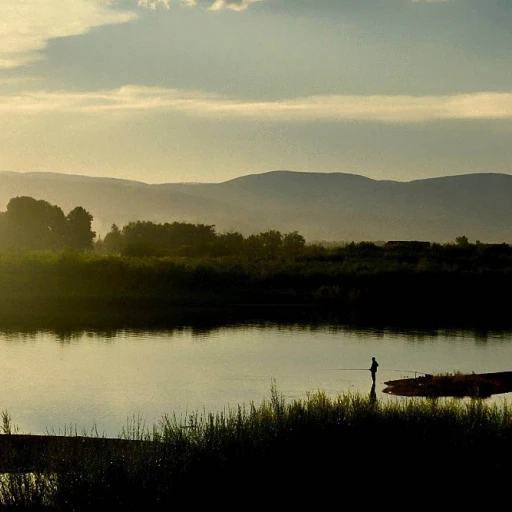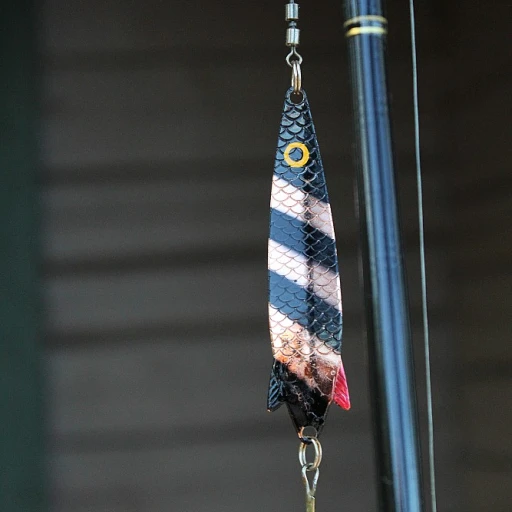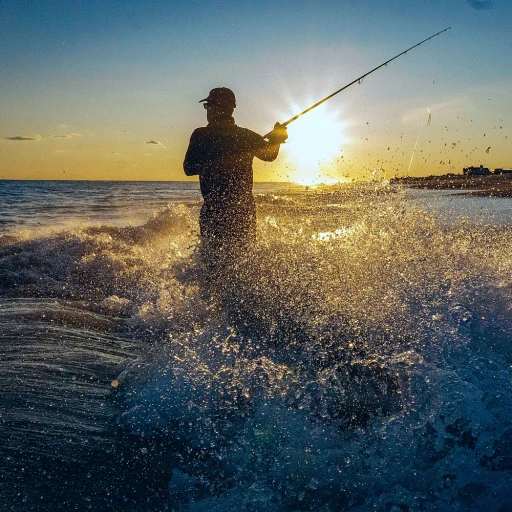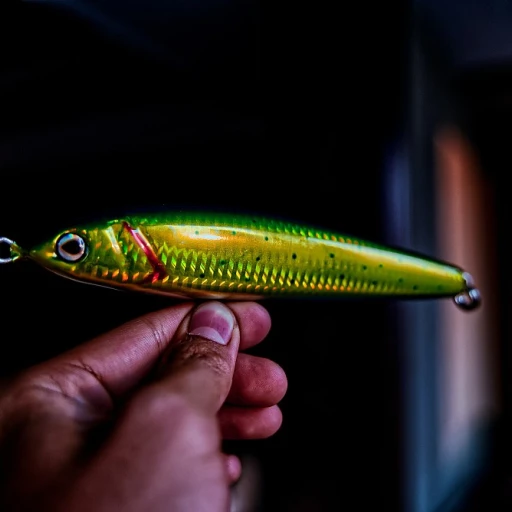
Understanding Shrimp Traps
Getting to Know Shrimp Traps
For those passionate about fishing, shrimp traps offer an exciting way to diversify your catch. These traps are specifically designed to catch shrimp, but they can also be used for other small marine creatures like crawfish and crabs. Understanding the basics of shrimp traps is essential before you dive into the world of recreational shrimp fishing.
Shrimp traps, sometimes referred to as shrimp pots or bait traps, come in various shapes and sizes. They are typically made from materials like stainless steel or durable mesh, ensuring they withstand the harsh conditions of saltwater environments. The design often includes a bait jar or compartment to attract shrimp and other small fish.
When selecting a shrimp trap, it's crucial to consider the size and type that best suits your fishing needs. Factors such as water depth, the type of shrimp you aim to catch, and local fishing regulations will influence your choice. Additionally, the price range of shrimp traps can vary, so it's important to find one that fits your budget while meeting your fishing requirements.
In the following sections, we'll explore the different types of shrimp traps available, how to set them up effectively, and the importance of adhering to fishing regulations. By understanding these elements, you'll be better prepared to make informed decisions and enhance your shrimp fishing experience.
Types of Shrimp Traps Available
Exploring Different Shrimp Traps
When it comes to gathering shrimp, it's essential to be familiar with the various types of traps available. Each design serves a unique purpose and can significantly impact your fishing experience. From traditional pots to modern innovations, a good shrimp trap can vary widely in terms of material, price, and effectiveness.
Traditional Shrimp Pots: These are often made from stainless steel or durable mesh and resemble crab pots or crawfish traps. Their robust construction makes them ideal for withstanding the pressure exerted by swift water currents.
Cast Nets: Sometimes used in conjunction with shrimp pots, cast nets offer a hands-on approach to fishing. This method is highly effective in shallow waters and allows anglers to directly target shrimp schools.
Foldable Fishing Traps: Portability is a key feature here. These traps are especially suitable for hikers and boaters, as they can be compactly stored when not in use and easily deployed in desired spots.
Bait Traps: Often used alongside shrimp traps, these are designed to attract shrimp into the primary trap by utilizing enticing fishing bait within a bait jar, increasing your catch rate.
Choosing the right type involves considering personal preferences, local fishing regulations, and specifically targeted species. Many fishing traps, like crab traps, have overlapping design features. The right trap will enhance your catch success while ensuring compliance with local regulations.
For those venturing into multi-species fishing, incorporating different traps like a crab trap or a crawfish trap can diversify your catch. Exploring the art of slow pitch jigs can also expand your fishing repertoire, especially when targeting varied marine life beyond shrimp.
Choosing the Right Shrimp Trap for Your Needs
Finding Your Ideal Shrimp Trap
As you venture into the world of shrimp trapping, you'll find a variety of traps designed to meet different needs and preferences. The key to selecting the right shrimp trap lies in understanding your unique fishing requirements and the specific environment where you'll be using it. Consider factors like size, material, and design when making a decision.
Start by assessing the size of the trap. Smaller traps, such as a foldable fishing trap, are portable and convenient for casual anglers, while larger traps, like traditional pots, may be more suitable for seasoned fishermen targeting bigger catches. The mesh size can also impact what you catch. A finer mesh might ensnare smaller shrimp but could potentially exclude larger species if they are your target.
Next, consider the materials used in constructing the trap. Stainless steel nets and mesh are popular choices due to their durability and resistance to saltwater corrosion. However, they can come at a higher price compared to other materials. If you're planning to use your trap frequently, investing in a more robust option might be worthwhile.
Design is another crucial aspect. Whether it’s a shrimp trap, crab trap, or crawfish trap, effective traps often mimic natural environments where crustaceans dwell, compelling them to enter the traps. Pay attention to entry points and bait access areas when evaluating different models.
Before purchasing, review local fishing regulations related to trap use. Some areas might have restrictions on trap size or type, which could influence your choice. Consider experimenting with different traps and environments to learn what works best in your region. Armed with knowledge and the right tools, you’ll be well-equipped to set up and use shrimp traps effectively, enhancing your fishing experience.
To expand your fishing repertoire even further, consider exploring different installations and fishing techniques, such as understanding how to install a trolling motor on the bow for more strategic and efficient fishing endeavors.
Setting Up and Using Shrimp Traps Effectively
Essential Tips for Successfully Using Shrimp Traps
Setting up shrimp traps might sound straightforward, but there's more to it if you want to ensure a productive catch. Here are some key steps and tips to help you maximize your shrimp catching with ease and efficiency.- Location and Timing: Consider the best spots to place your trap in the water; shrimp often reside near the seafloor, hidden in vegetation or mud. Early mornings or late evenings are ideal times to check or cast your traps.
- Type of Bait: Alluring your prey with the right bait is crucial. Fish scraps, cut-up fish, or special shrimp bait work effectively. Place the bait in a bait jar to improve your chances, ensuring it's securely attached within the trap to prevent loss.
- Setting the Trap: Submerge your shrimp trap or pot at the chosen location. The trap should lay flat on the seafloor to allow shrimp easy entrance through the funnel. If you're targeting crab or crawfish, similar strategies apply with specific crab traps or crawfish pots.
- Monitoring: Frequently check your traps. Leaving them unattended for too long might result in fewer catches or even violate local fishing regulations.
- Ensuring Durability: Opt for traps with stainless steel components and durable mesh to withstand underwater conditions. This not only extends the lifespan of your traps but also maintains optimal performance over multiple uses.
- Foldable Options: For ease of transport and storage, select foldable fishing traps that maintain sturdiness while offering convenience.
Maintenance and Care for Longevity
Ensure Proper Maintenance for Lasting Performance
Maintaining your shrimp traps is essential for their long-term functionality and effectiveness in catch performance. Proper care prolongs their life, ensuring you get the most out of your investment, regardless of the trap price.- Regular Cleaning: After each fishing trip, remove any debris or marine organisms clinging to your traps. Gently washing them with fresh water will help prevent corrosion, especially if they're made from stainless steel or similar materials.
- Inspect for Damage: Check the mesh, net, or any hinged areas, like foldable fishing trap sections, for tears or wear. Promptly repairing or replacing damaged parts helps maintain optimal performance and prevents loss of catch.
- Storage: Store your traps in a dry location when they're not in use. This prevents them from being exposed to elements that could cause undue wear and tear. Avoid stacking traps in a way that might deform their structure.
- Bait Jar Care: For those using a bait jar, ensure it’s cleaned and free from any residual odors. Properly drying it will also help prevent mold growth.
- Corrosion Control: Metal traps, like crab traps or pots, should be regularly checked for rust and treated with appropriate corrosion-resistant products.
- Follow Local Regulations: Regularly review local fishing regulations related to shrimp traps, crab pots, or cast nets. This not only aids in compliance but also ensures your traps remain in good working condition by adhering to legal specifications regarding size or construction constraints.
Legal Considerations and Regulations
Compliance with Local Fishing Regulations
It's crucial to understand the legal considerations when engaging in shrimp fishing. Not only do fishing regulations protect marine life, but they also ensure sustainable practices are followed. Whether you're using a shrimp trap, crab trap, or cast net, it’s important to adhere to local regulations.- Permit Requirements: Most regions require permits for using shrimp pots or crab traps. Check with local authorities to confirm the specifics, as permissions may vary.
- Trap Specifications: There are often detailed regulations regarding the size and mesh of traps. These rules exist to prevent catching undersized fish and crustaceans, promoting sustainable fishing. For instance, some areas might require that your fishing net or foldable fishing trap feature a specific mesh size.
- Bait Use: While setting bait trap, there might be restrictions on the type of fishing bait you can use. Certain areas limit the types of organic materials allowed to avoid disturbing the ecosystem.
- Catch Limits: Knowing the legal catch limits for shrimp, crab, and crawfish is crucial. Regulations may specify daily or seasonal limits, as well as restrictions on certain species. This helps prevent overfishing and protects the marine environment.
- Location-Specific Rules: Each fishing area might have unique regulations about where traps can be placed. Whether you're using a crab pot or shrimp trap, ensure that the placement does not violate local ordinances or encroach on protected zones.

